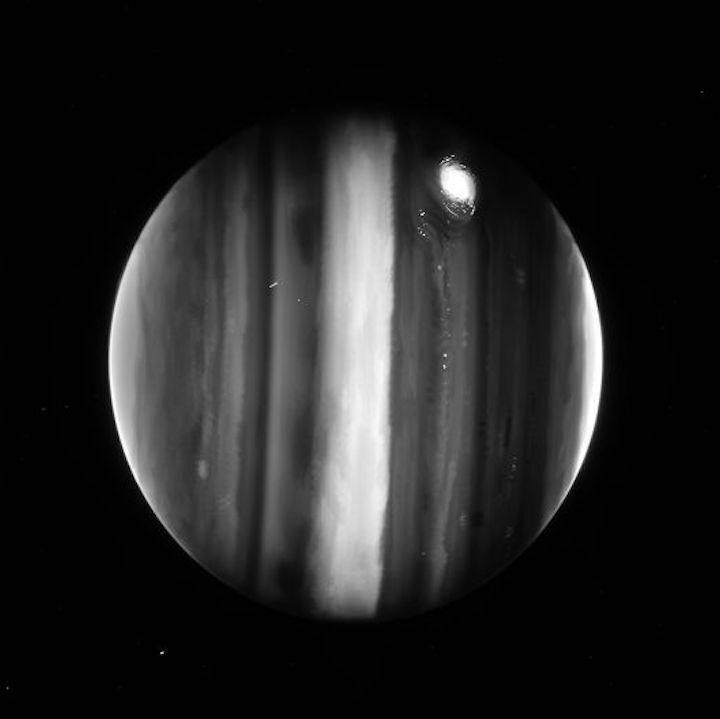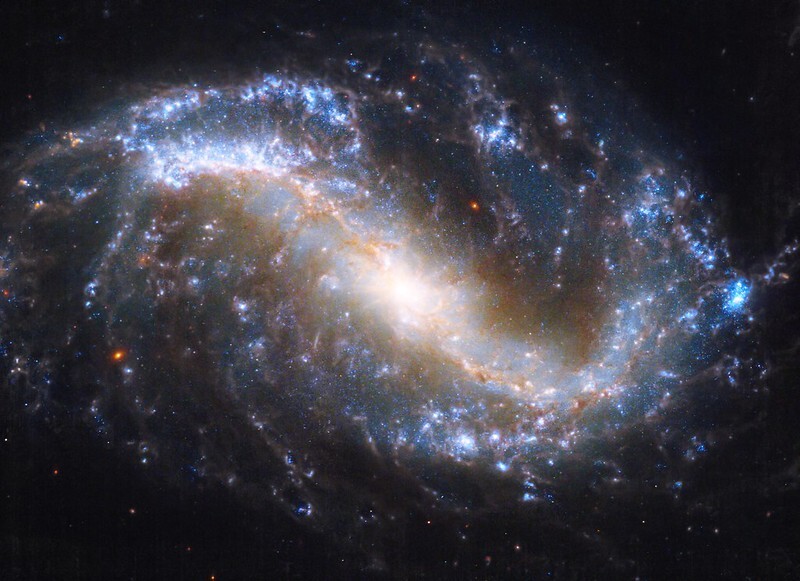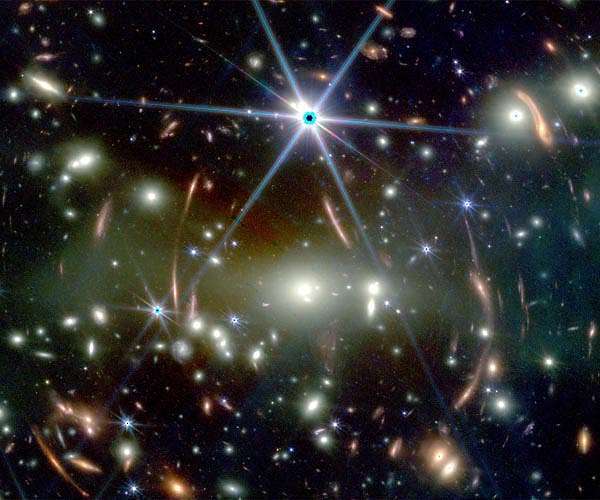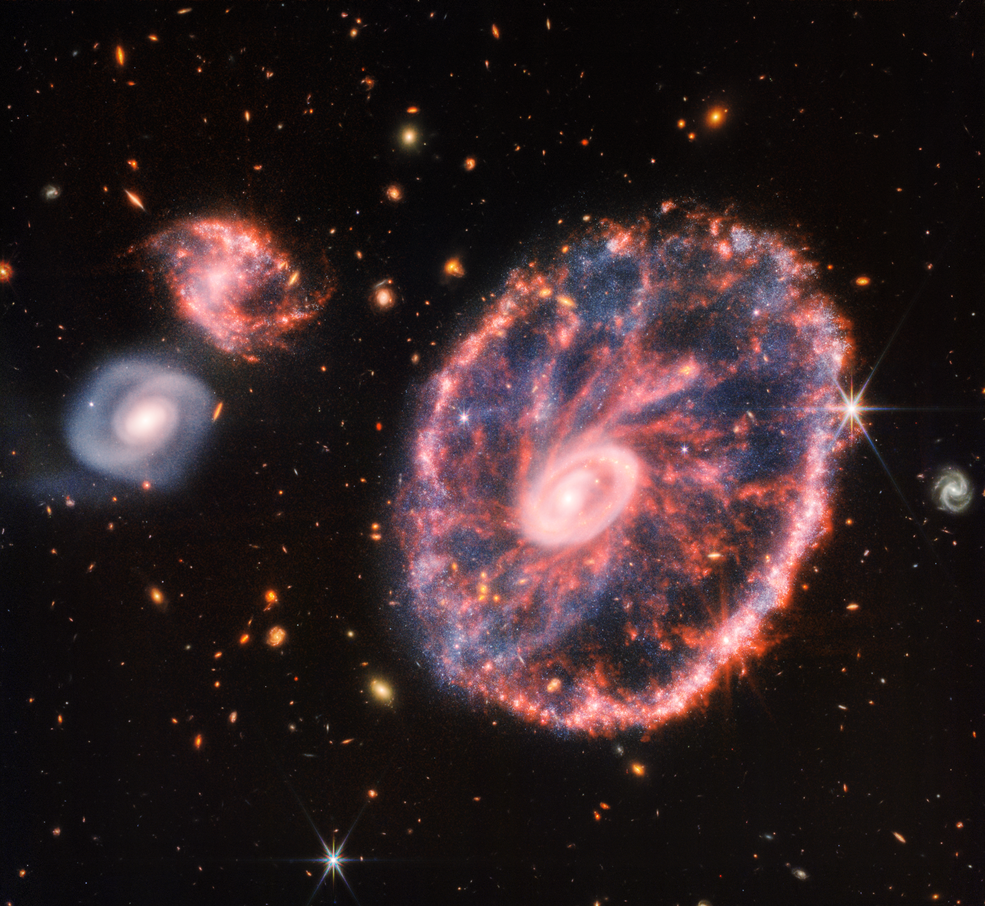26.07.2022
You can find the tech behind the Webb telescope down here on Earth
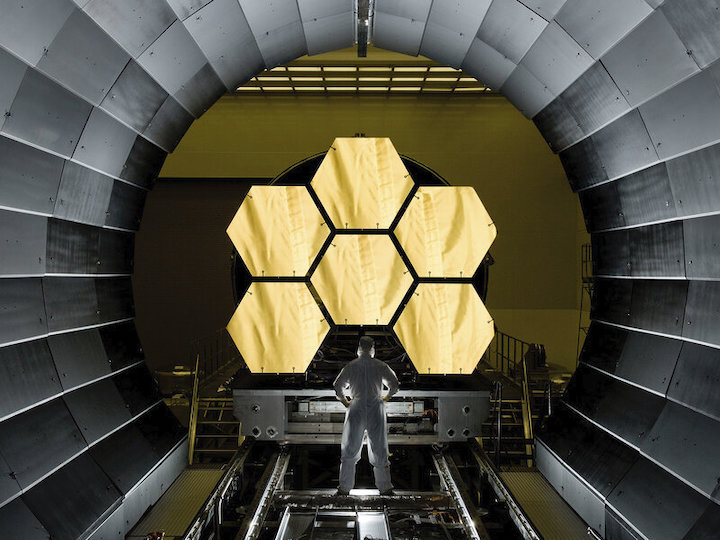
NASA engineer Ernie Wright looks on as the first flight-ready mirrors for the James Webb Space Telescope are prepared to undergo testing.
David Higginbotham/NASA, MSFC
NASA's James Webb telescope has been wowing astronomers lately with stunning photos of some of the first stars in the universe — photos that capture light from more than 13 billion years ago.
But while the JWST flies through space, it's done more for us here on Earth than show images of distant galaxies. The technology developed to build the JWST has also helped improve the vision of millions of eye surgery patients.
It's one of the latest examples in a long history of NASA inventions making an impact on everyday life.
Daniel Lockney, NASA's Technology Transfer Program executive, is in charge of the program that facilitates the agency's technology spinoffs.
"Every time NASA gets asked to do a new mission, we have to come up with new technologies and new inventions in order to get it done," Lockney said. "And it's my job to make sure that those inventions come back down to Earth in the form of practical terrestrial benefits."
While building the JWST, NASA contractors developed a tool to measure the "microscopic imperfections" on its mirrors, Lockney said. That same technology has allowed eye surgeons to take precise measurements of patients' eyes before they undergo LASIK surgery.

Beyond eye surgery, there are many other things in our lives that NASA has its fingerprints on.
"NASA has contributed to everything from baby formula to cell phone cameras," Lockney said. Memory foam, temperature regulating fabrics, medical procedures, firefighter gear, cordless vacuums, precision GPS, and farming techniques are among other examples.
There are so many spinoff technologies that there is a whole website and annual publication dedicated to them.
Early in the coronavirus pandemic in 2020, NASA's Jet Propulsion Laboratory even developed a ventilator using components outside of the typical medical device supply chain, allowing it to be manufactured despite supply chain pressures.

The goals of NASA's Technology Transfer Program are written into the agency's founding legislation, but it's not the only federal agency whose inventions make it to everyday life.
"I've got thousands of examples of the technologies and advancements that were made because of the nation's investment in aerospace," Lockney said. "The federal government does a lot of R&D. We develop a lot of new technologies, and we're able to do things that don't have a profit motive. You know ... go into space or do some of the work, for example, that the NIH does into cancer research."
So while some of NASA's most famous achievements might be out in space, you don't have to look that far to find the results of the agency's work.
Quelle: npr
----
Update: 27.07.2022
.
JWST finds galaxies may adopt Milky Way-like shape faster than thought
Astronomers thought that galaxies in the early universe would mostly be shapeless blobs, but an analysis of data from the James Webb Space Telescope suggests around half are disc-shaped like the Milky Way
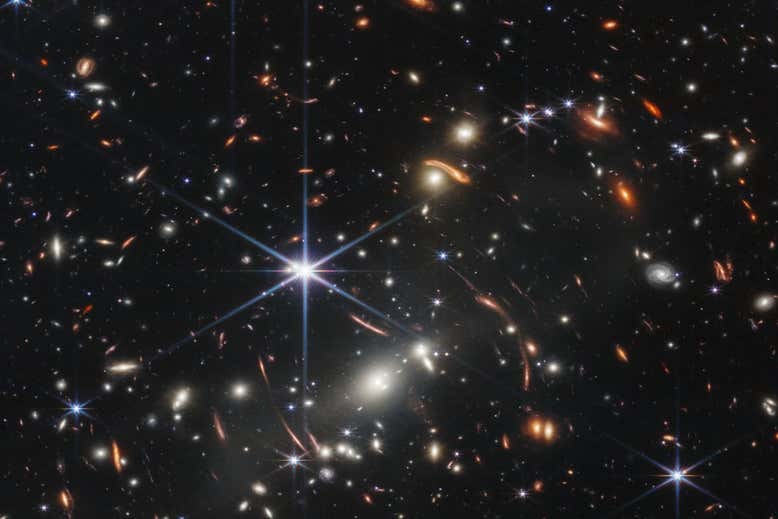
Astronomers analysing some of the first scientific data released by the James Webb Space Telescope(JWST) have already seen something they weren’t expecting. A deep view of the early universe appears to show a surprisingly high number of disc-shaped galaxies, rather than a large number of clumpy, irregular ones. This suggests that the disc structures in certain galaxies, including the Milky Way, may have formed more rapidly than current theories predict.
Quelle: NewScientist
----
Update: 28.07.2022
.
Scottish astronomers push James Webb deeper back in time
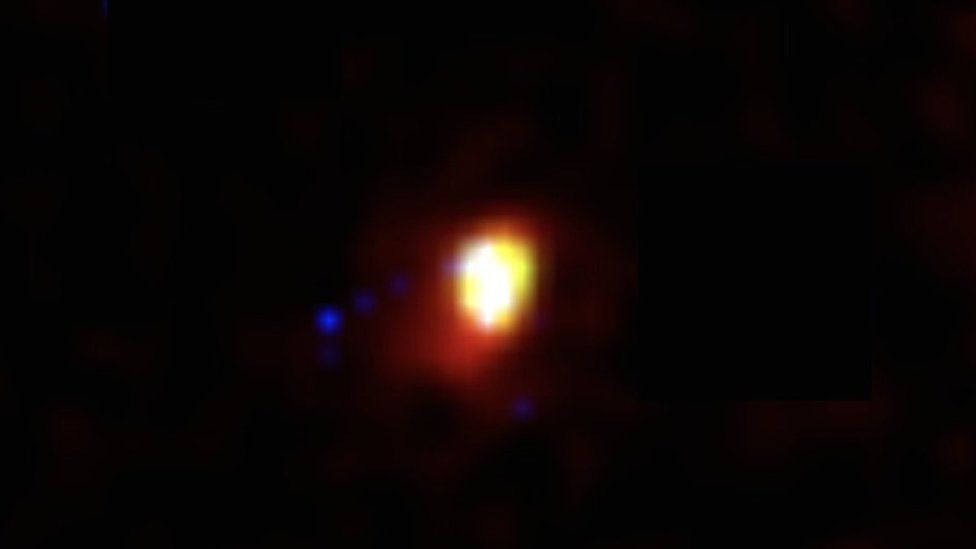
The Edinburgh galaxy is the latest in a succession of "most distant" observations from Webb
Scottish astronomers have spied what they believe to be the most distant galaxy ever observed, using the new super space telescope, James Webb.
The red smudge is 35 billion light-years away. We see it, as it was, just 235 million years after the Big Bang.
It's a preliminary, or "candidate", result and will need a follow-up study for confirmation.
But for the moment, the University of Edinburgh team is celebrating and marvelling at James Webb's power.
"We're using a telescope that was designed to do precisely this kind of thing, and it's amazing," said Callum Donnan, an astrophysics PhD student in the university's Institute for Astronomy.
James Webb is the $10bn successor to the Hubble Space Telescope and is hunting the first stars and galaxies to form in the 13.8-billion-year-old Universe.
These objects are extremely faint but the new observatory has been tuned specifically to pick up their glow in infrared light.
Edinburgh's high mark will almost certainly be short-lived.
Since Webb began science operations at the end of June, astronomers have been finding ever more distant candidates in its imagery.
And if the designed performance is achieved, scientists could eventually see objects with Webb that were in existence perhaps as little as 100 million years after the Big Bang.
So we should expect a succession of announcements in the weeks and months ahead.
Redshift is the term astronomers use when discussing distances in the cosmos.
It's a measure that describes the way light coming from an object has been "stretched" by the expansion of the Universe to redder wavelengths.
The higher the redshift number assigned to a galaxy, the more distant it is and the earlier it is being viewed in cosmic history.
Recent days have seen a stream of ever larger redshift numbers being reported on the popular arxiv pre-print server.
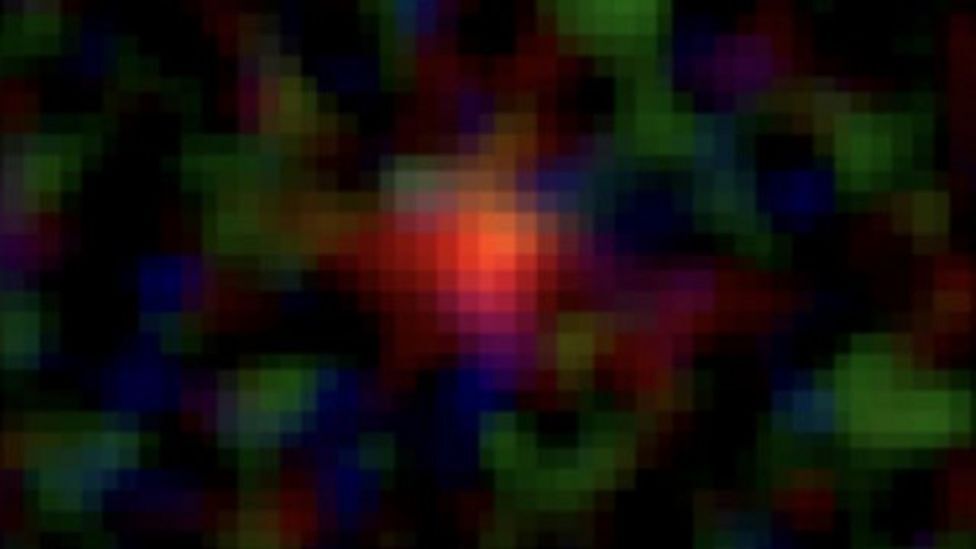
Maisie's Galaxy was found in a wide-field survey being conducted by James Webb
The last 24 hours have been a good example of how fast things can move.
The Edinburgh group pulled its target from a wide-field survey of the sky that Webb is currently conducting called the Cosmic Evolution Early Release Science (CEERS) Survey.
The team that actually runs this survey put out its own far-distant candidate on Monday called CEERSJ141946.35+525632.8.
Dubbed Maisie's Galaxy after an astronomer's daughter, this target has a redshift of 14.3, which means it's being seen about 280 million years after the Big Bang. Not quite as far as CEERS-93316 but still a remarkable prospect compared with the era before James Webb.
There is a big caveat to all this, however. The early candidates announced from Webb observations have yet to undergo full spectroscopic examination.
This process slices up the light coming from a galaxy to reveal its component colours - its spectra. These will give the clearest view of how the light, which was originally emitted at visible wavelengths, has been stretched into the infrared over the course of cosmic history.
Only after this task is completed - and Webb has the instruments to do it - will distance claims move on to a surer footing.
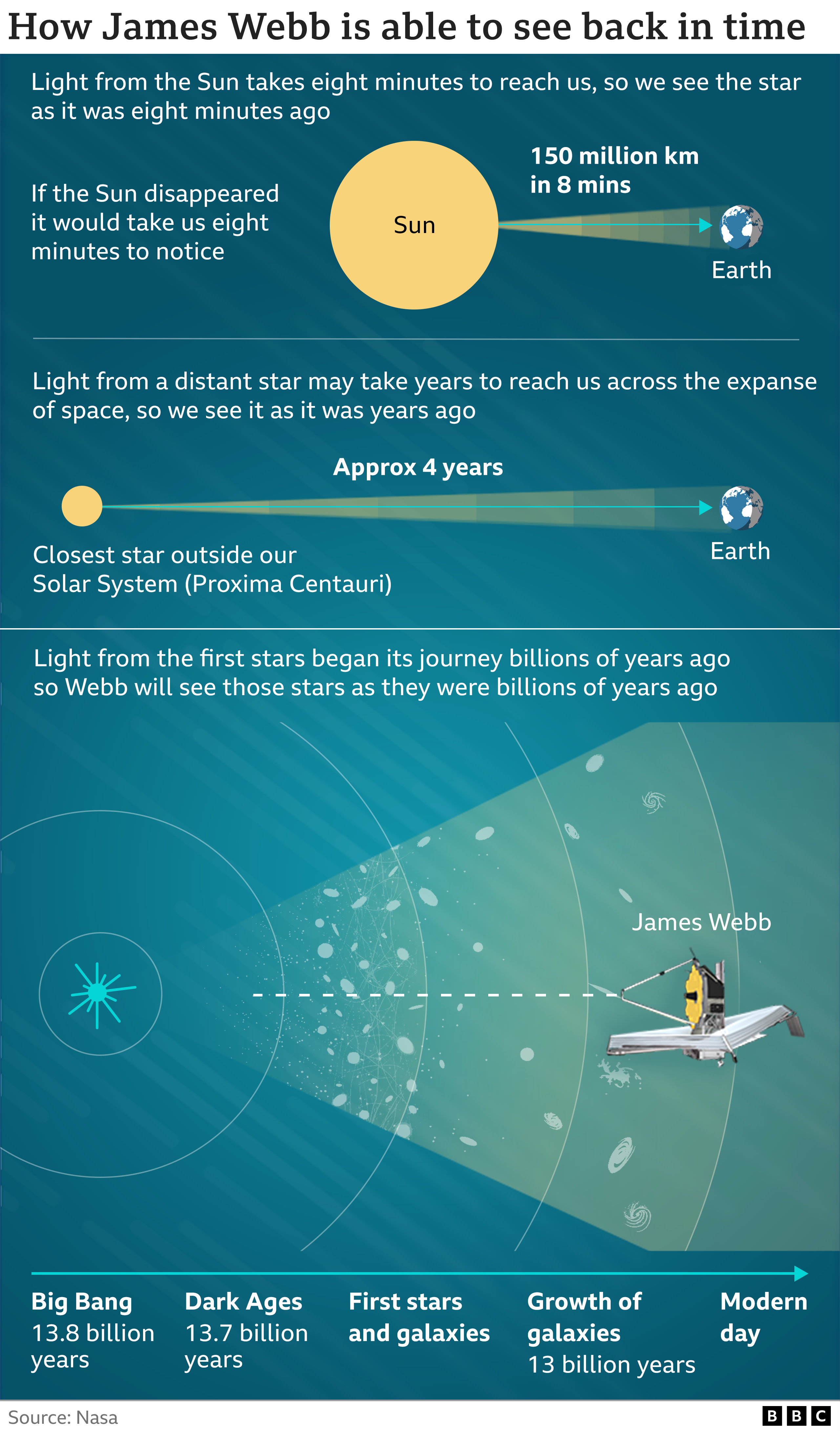
Another benefit of spectroscopy is that it will reveal the composition of objects.
Theory says the very first stars were fuelled just by hydrogen, helium and a small amount of lithium - the elements created in the Big Bang.
Heavier atoms - astronomers call them all "metals" - had to be forged in those pioneer stars and their descendants.
"We can look at the colours in our galaxy in a broad sense, and it's quite blue, which suggests a young stellar population. But it's not blue enough that this galaxy is made up of metal-free stars," Mr Donnan said.
It is Prof Steve Finkelstein, from the University of Texas at Austin, US, who is the proud father of Maisie.
He will be a guest on Thursday's Science In Action programme on the BBC World Service.
"I had heard a quote for this telescope that it is going to be transformative. And I said, 'you know, it's gonna do a lot of really cool things, but is it really going to completely change the way we view the Universe? I couldn't have been more wrong. Textbooks are going to be rewritten on even just the data we've gotten in the first week."
Note on distances: The Universe is expanding. In the time the light from objects takes to reach us, those objects have receded greatly. Their positions today, therefore, are much, much further away than when the light was first emitted.
Jupiter glows in new James Webb Space Telescope raw image

